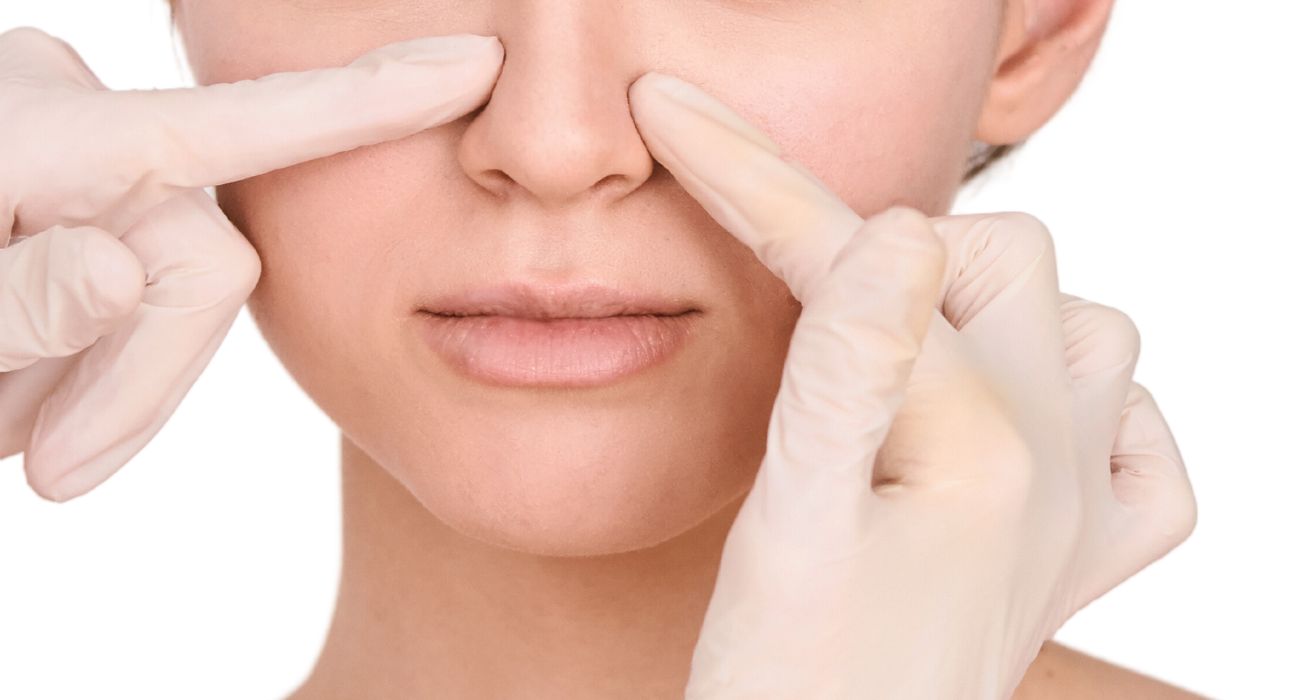When people hear “plastic surgery,” they often think of face-lifts, rhinoplasties, or Botox. But there’s an equally profound side to this specialty, reconstructive surgery for trauma patients.
Trauma can arise from:
-
Road accidents (maxillofacial injuries, limb crushes)
-
Industrial mishaps (severed tendons, burns)
-
Sports injuries (ligament tears, facial fractures)
-
Animal attacks or domestic accidents
While emergency surgeries save lives, reconstructive procedures restore normalcy, making sure patients can walk, smile, write, eat, and socialize without distress.
The Dual Objective: Function Meets Form
Reconstructive surgery doesn’t simply aim to “cover wounds.” It’s a precise discipline focused on:
Functional Restoration
This means ensuring the body part regains its primary role, whether that’s the hand grasping again, eyelids closing properly, or jaw movements returning to normal.
It may involve:
-
Microsurgery: Reconnecting tiny arteries (as small as 1 mm) and nerves under a microscope to restore blood flow and sensation.
-
Tendon repairs and nerve grafts: To regain movement and coordination.
-
Bone reconstructions with plates, screws, or even bone grafts (from patient’s own body).
Aesthetic Integration
No one wants to live with glaring scars or asymmetry. That’s why reconstruction also ensures the site blends naturally with surrounding tissues, considering:
-
Skin color and texture match: Flap surgeries move skin from one area to another, choosing sites that look similar.
-
Natural contours: For instance, using fat grafting to soften depressions after trauma.
-
Strategic scar placement: Incisions are hidden along natural skin creases or hairlines to minimize visibility.
Common Techniques That Achieve Both Goals
Flap Surgery
When large areas lose skin and soft tissue (like after a road rash or tumor removal), surgeons use “flaps”, living tissue with its blood supply, moved from one body part to another.
-
Local flaps: Pivoted from nearby areas, maintain resemblance in skin tone.
-
Free flaps: Completely detached and reattached with microsurgery. These are essential when local tissue isn’t enough.
Skin Grafting
Thin layers of skin are taken from donor sites (like the thighs) and transplanted over wounds. Ideal for covering broad areas where depth isn’t critical, e.g., burns.
Microsurgical Nerve & Vessel Repair
-
Nerve coaptation under a microscope restores feeling & voluntary control.
-
Vascular anastomosis reconnects arteries and veins to keep tissue alive.
Bone Reconstruction
Severe facial or limb injuries often need bone plating or bone grafts to rebuild structure. 3D CT planning is frequently used to pre-plan shape and symmetry.
Fat Grafting & Tissue Fillers
Used to fill depressions, correct asymmetries, and soften scars. Also improves skin texture by boosting blood supply.
The Science of Scar Minimization
Many trauma patients worry:
“Will I be left with an ugly scar on my face or limb?”
Here’s how modern reconstructive surgery minimizes scars:
-
Wound edges are meticulously aligned layer by layer, reducing tension.
-
Z-plasties & geometric broken line closures break up linear scars so they’re less visible.
-
Post-op therapies like silicone sheets, laser treatments, and steroid injections further soften scars.
Why Function and Aesthetics Go Hand in Hand
Some believe focusing on appearance is vain when it’s a medical emergency. But psychological studies prove otherwise:
-
People with visible facial injuries often face social anxiety, lowered self-esteem, and even depression.
-
Hand injuries that look distorted can discourage people from socializing or even returning to work.
So reconstructive surgery’s aesthetic goals are NOT “cosmetic vanity”; they’re vital for mental health, self-confidence, and overall quality of life.
Evidence Speaks: The Importance of Combining Goals
Studies show:
-
Patients undergoing both functional repair + cosmetic refinement report higher satisfaction scores and quicker return to work than those treated only for function.
-
Advances like perforator flaps and supermicrosurgery (using vessels <0.8 mm!) allow tissue transfer with less bulk, better matching appearance.
-
Techniques like nerve grafts combined with dermal fillers or fat help maintain symmetry and prevent long-term hollowing.
Examples of How Both Goals Work Together
-
A young biker with a shattered cheekbone: titanium plates rebuild structure; fat grafting restores contour; tiny incisions placed along natural folds fade beautifully.
-
A factory worker with crushed fingers: tendons repaired under microscope for motion; flaps chosen from the forearm ensure skin looks similar, avoiding patchy color.
-
A breast cancer survivor after mastectomy: microvascular tissue from the abdomen restores breast volume, matching natural softness & shape.
Decision Points: How Patients & Surgeons Collaborate
Good reconstructive surgery is never one-size-fits-all. The plan is based on:
-
Patient’s age & general health (older or diabetic patients may need staged approaches).
-
Occupation & lifestyle: A violinist’s finger surgery differs from a construction worker’s.
-
Psychological readiness: Some patients prioritize appearance; others only care about pain-free movement.
What About Risks?
-
Like any major procedure, there are risks of infection, flap failure, and nerve regrowth issues.
-
However, with advanced microsurgical monitoring, intraoperative Dopplers, and strict post-op protocols, success rates for complex reconstructions now exceed 95% in experienced centers.
Take the First Step Toward Healing, Inside and Out
Whether it’s reclaiming the freedom to move or the confidence to smile again, modern reconstructive surgery can restore more than just form, it rebuilds your quality of life. Explore your options with a specialist who understands the balance of function and aesthetics.

Takeaway: The Modern Philosophy of Trauma Reconstruction
Reconstructive surgery for trauma is a marriage of science, skill, and artistry.
It’s not just about “covering a wound”, it’s about restoring people to the wholeness they knew before the accident, in body and in spirit.
Curious About Options in Vizag?
If you’re recovering from trauma, whether it’s a facial fracture, hand injury, or extensive scarring, it’s worth exploring reconstructive solutions that prioritize BOTH how your body works and how it looks.
A thorough consultation with a board-certified plastic surgeon, Vizag, experienced in microsurgical reconstructive procedures and known for an artistic approach to body contouring, can help you:
-
Understand your personalized options
-
Balance functional priorities and aesthetic refinements
-
Plan for realistic, long-lasting natural results that Vizag patients can rely on





